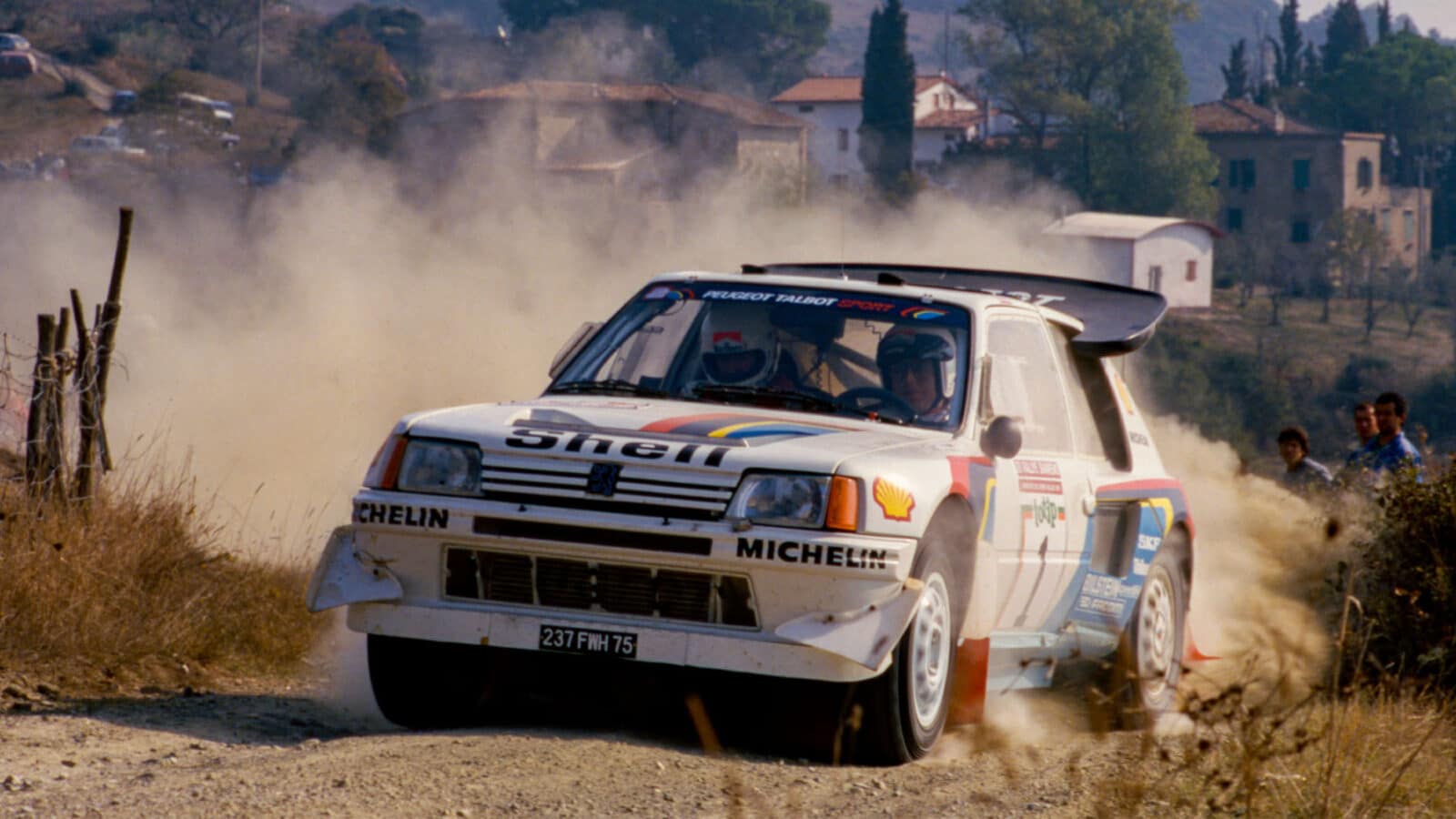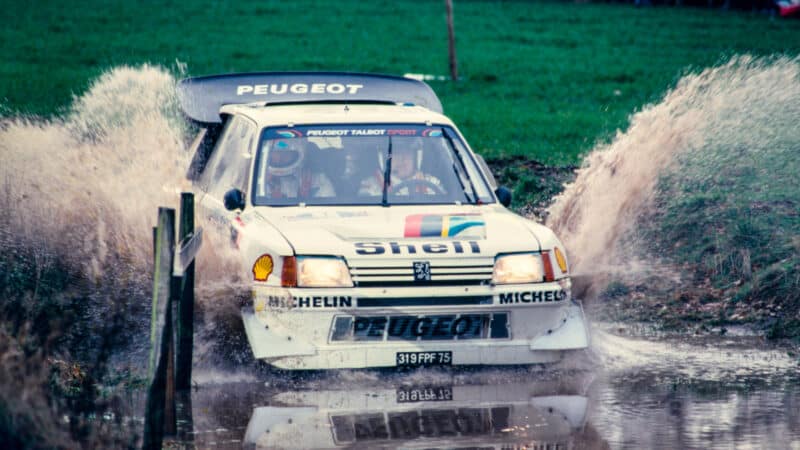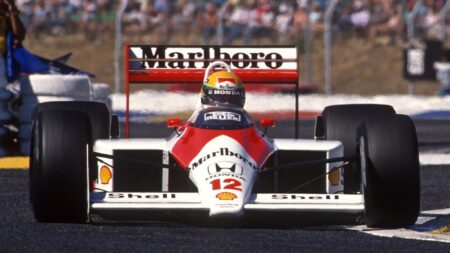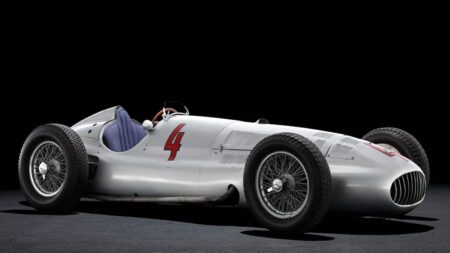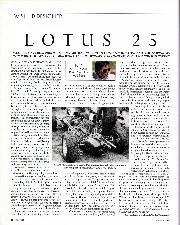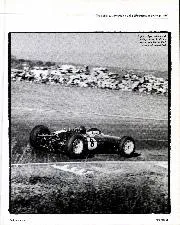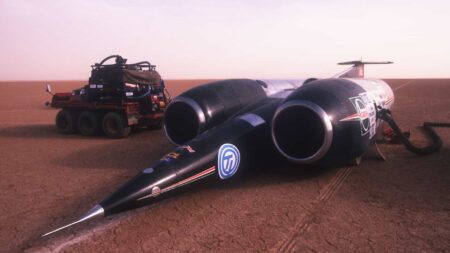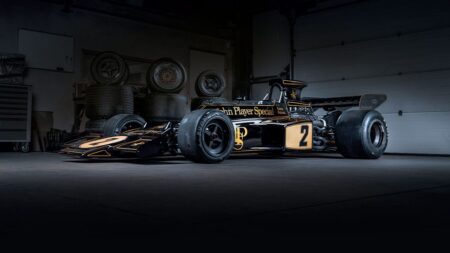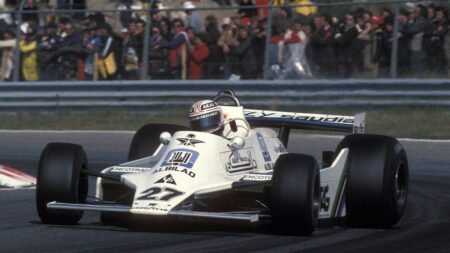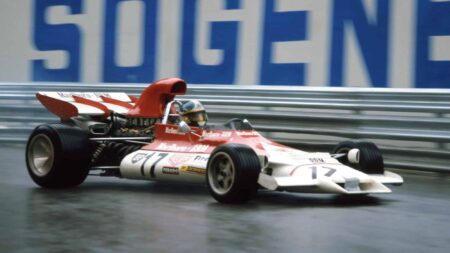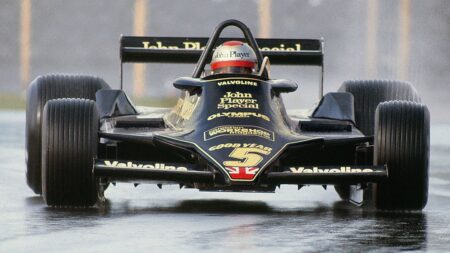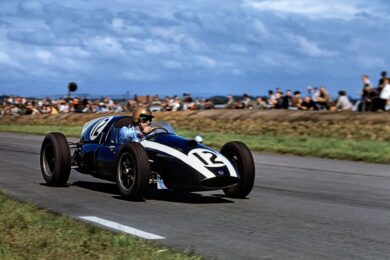The spectacle of GpB was the shock as much as anything. It was only in 1980 that the Quattro appeared from nowhere and it took people by surprise. I remember being at Monte Carlo in January 1980 and speculating whether 4WD would work in rallying. We won the manufacturers’ championship in 1981 with the Sunbeam-Lotus, against the Escort and the Nissan 1601 — simple straightforward rear-wheel-drive 240hp cars with an engine in the front; yet by 1984, 2WD was dead. Obviously the Quattro started it all, but the T16 hit the formula almost spot-on. The era only lasted two full years, but it’s hard to see that anyone could have hit on a better recipe even if it had gone on another five years. Of course the aerodynamics became more extreme and the horsepower rose to over 500bhp, but they had pretty well hit the target in what was effectively a new formula. The T16 was built by one small team, who went on to create the Paris-Dakar machines — and a lot of the same people went on to do the GpC car, including Jean Todt
The current regs make it much less of an upfront commitment. A manufacturer with a car of vaguely the right proportions can turn it into a competitive rally car and break into the sport relatively easily, whereas in those days you had to commit to building, and completing, 200 very specialised rally cars before you could even start your first rally. Now you can adopt any suitable model. I think the balance is just about right now. Manufacturers are happy, the formula seems popular with the public, and there’s a credible connection with the road car. I think more manufacturers will follow Subaru and Mitsubishi and reverse-engineer a 4WD car from the rally car. Still, I think they managed to sell most of the T16s at the time — you did see them on the road occasionally. I’ve driven other GpB cars like the Metro 6R4, but not a 116. But the drivers used to come back saying how nice it was. Ask them about a Quattro or Delta S4 and you’ll hear a different story.
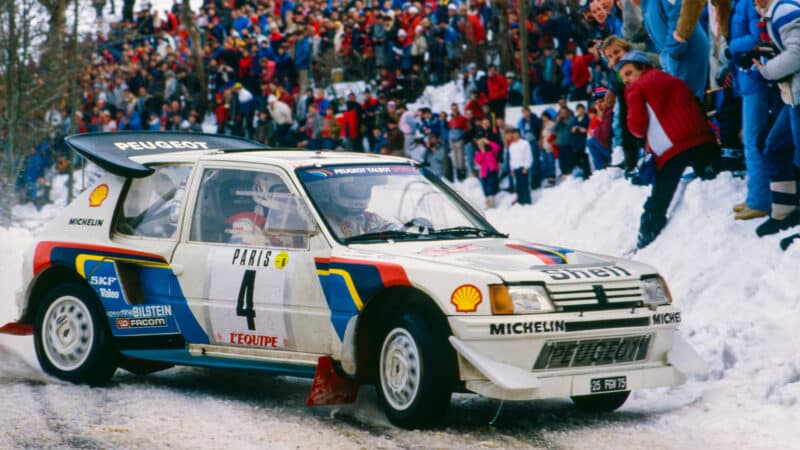
Kankunnen at one with the T16 at Sweden ’86
DPPI
I was disappointed at the time that there wasn’t a more imaginative solution to replace GpB — GpS was meant to be less radical than GpB; no-one expected it to go the way it did. It was a big shock to go back from there to GpA. If I had a free hand for the T16 of the future, I wouldn’t go radical anyway. With what we’ve learned lately, I’d stick to a front-engined 4WD car like the Impreza because it works so well. There’s potential for huge gain in aerodynamics, but over a 14-round series it would diminish. A Pike’s Peak car might have a significant advantage on that hillclimb, but you couldn’t run it in Africa, Greece and Finland. It’s nice to dream of radical solutions, but for a championship, you don’t want to be extreme: you want a perfect all-rounder.
David Lapworth was talking to Gordon Cruickshank
